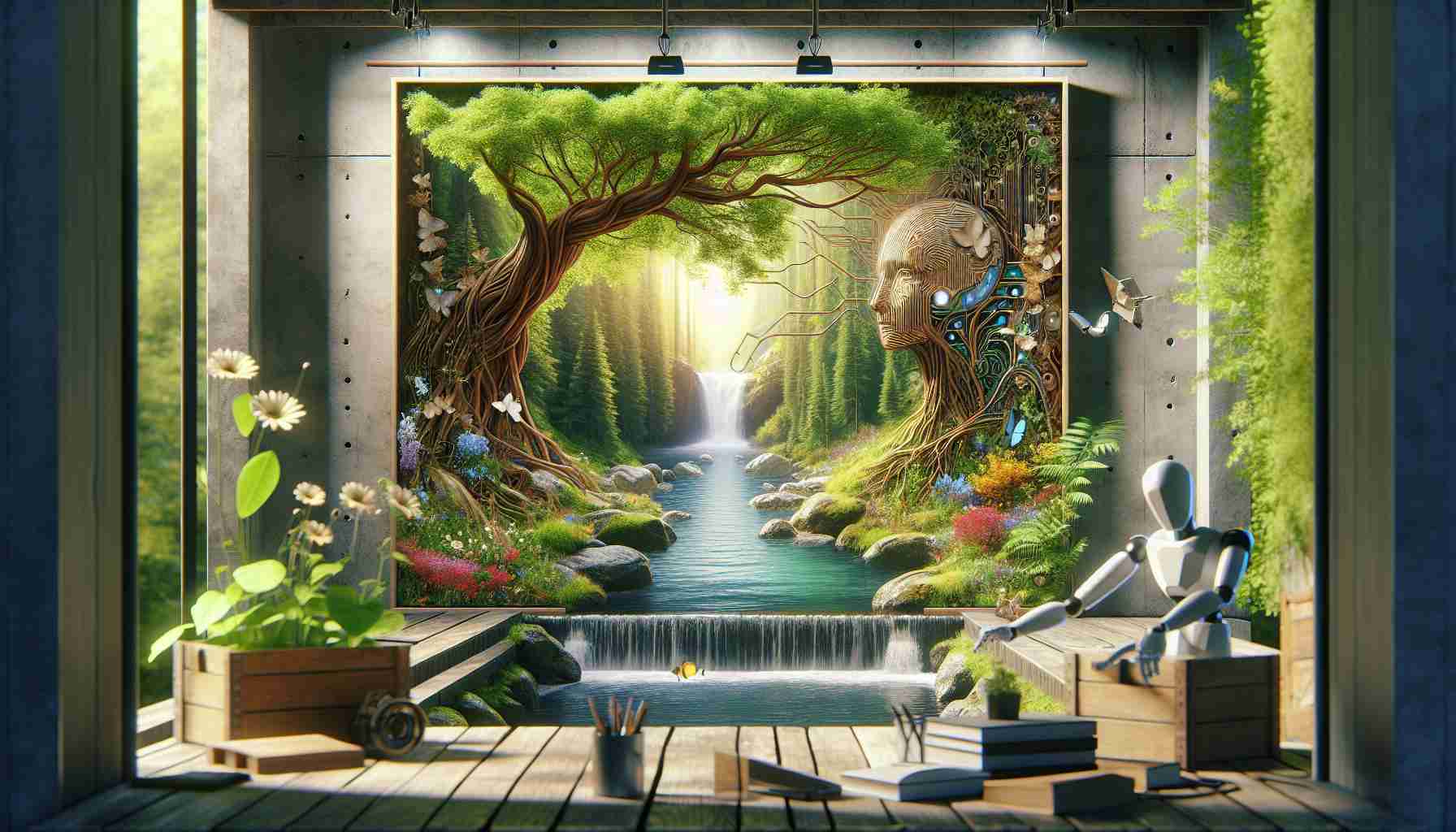In recent months, an unconventional wave of digital art has captured attention on social media platforms. Known as “Shrimp Jesus,” these bizarre A.I.-generated images depict the iconic figure formed from colossal shrimp, and have taken Facebook by storm. This trend is a new face of online “slop,” the massive volumes of intentionally wacky A.I.-crafted content created to engage and entertain users.
This phenomenon, not limited to one genre, has seen surreal depictions of children with intricate artworks they supposedly crafted, while captions plead for validation. Journalist Max Read dug into this curious digital niche, uncovering that content creators in regions like Kenya and Vietnam are behind these viral images, experimenting to uncover what appeals most to U.S. audiences.
Although these trends appear to be losing steam, platforms like Twitter continue showcasing them. Simultaneously, tech magnate Mark Zuckerberg envisions a future where A.I.-powered content flourishes across Facebook and Instagram, creating fresh categories of engagement.
Amidst this artistic chaos, a subtler genre emerges: “nature slop.” These stunning landscapes, autumn vistas, and celestial wonders sometimes appear too polished, signaling their artificial origins. Meanwhile, “property slop” entices users with images of idyllic homes and dream interiors.
The strategy behind these creations is designed to provoke, as oddities draw interaction and discussion. Those who believe and those who doubt unite, propelling posts to viral fame. Still, many users indulge in this content not for authenticity, but as a brief, pleasant escape from the mundane.
This melding of illusion and reality sparks intrigue and skepticism, prompting viewers to question their trust in digital media.
The Rise of “Slop Art”: A.I.-Driven Content Shaping Humanity’s Digital Landscape
In the ever-evolving world of digital art, an emerging trend known as “Slop Art” is captivating social media users worldwide. These bizarre, A.I.-generated images are redefining our online experience, shedding light on how technology is influencing both creativity and consumer behavior.
The Human Influence Behind A.I. Creations
The “Shrimp Jesus” images, along with other bizarre creations, are not mere accidents of artificial intelligence. Instead, they are crafted by content creators from diverse regions like Kenya and Vietnam. These creators are not just feeding algorithms random ideas; they are conducting experiments to determine what types of content capture the attention of Western audiences, particularly in the U.S. Their aim is to create highly engaging content that blurs the line between what is real and imaginary.
Implications for Humanity and Technology
As A.I.-generated content becomes more prevalent, it raises important questions about authenticity in digital media. With technology increasingly shaping our perceptions, where do we draw the line between truth and illusion? How does this affect our ability to discern fact from fiction? This blend of reality and illusion challenges our editing skills and makes us more skeptical of what we see online.
Benefits and Drawbacks of A.I.-Driven “Slop Art”
One of the advantages of this type of content is its ability to engage and entertain, providing a momentary escape from daily life. It can stimulate creativity and foster discussions among diverse audiences. However, the downside includes the potential for misinformation and confusion, as some individuals might struggle to separate authentic content from artificial creations.
Controversies Surrounding Viral A.I. Content
Despite its popularity, “Slop Art” is not without controversy. The intentional blending of reality with surreal, peculiar images can mislead viewers, potentially eroding trust in digital platforms. Is it ethical for companies to engage in and promote content that thrives on misinformation? These ethical considerations are essential as we navigate this new digital frontier.
Looking Ahead: The Future of A.I. Content
Tech giants like Mark Zuckerberg foresee a future where A.I.-generated content is an integral part of platforms like Facebook and Instagram. This vision raises further questions about content control and the role of technology in shaping our social interactions.
As we continue to grapple with the implications of A.I.-crafted content, one thing remains clear: the intersection of technology and art is reshaping the digital landscape in unprecedented ways. Whether hailed as innovative or criticized as misleading, the influence of “Slop Art” on our digital existence cannot be ignored.
For more insights on tech innovations, visit TechCrunch or for social media trends, explore Social Media Today.
